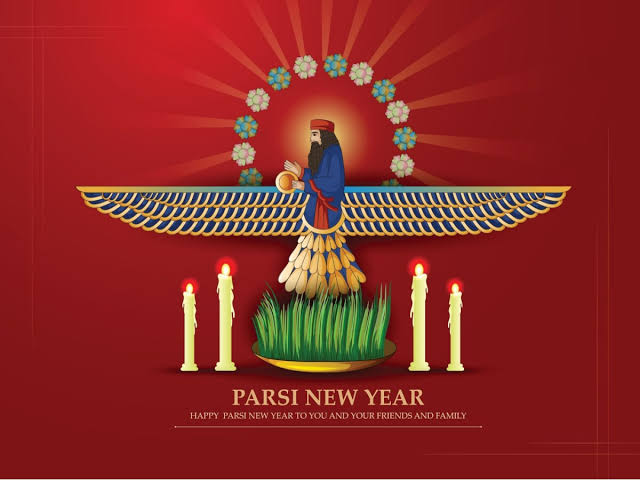The Parsi New Year, also known as the festival of Navroz or Nowruz, falls between July and August in India. Derived from the Persian words ‘Nav’ and ‘Roz’ which literally translates to ‘new day, the tradition of celebrating Parsi New Year is believed to have been observed by Iranians and Zoroastrians for the past 3,000 years.
While the celebration occurs around the Spring Equinox on March 21 each year globally, the Parsi community in India follows the Shahenshahi calendar which does not account for leap years, thereby shifting the celebration by 200 days from its original date. The Parsi New Year in India will be celebrated on August 16.
History and Significance of Parsi New Year
Zoroastrianism, one of the earliest monotheistic religions practised by Parsis, was created over 3,500 years ago in ancient Iran by Prophet Zarathustra. It was the official religion of Persia (now Iran) from 650 BCE till the emergence of Islam in the 7th century. Numerous Zoroastrians fled to India and Pakistan when the Islamic troops invaded Persia.
However, the vibrant celebration traces its origins back 3,000 years to the reign of the illustrious king Jamshed, who according to legends, saved the world from an apocalypse that came in the form of a winter and destined to kill everybody.
Members of Parsi community during the prayers at Parsi Agairy in Camp on the occasion of Navroze(Parsi new year). (Express Photo by Arul Horizon)
The most sizeable Parsi community in India belongs in the states of Maharashtra and Gujarat – making Parsis the largest single group in India.
On this day, people pray for good health and prosperity, spending their day cleaning their homes and adorning them with flowers and rangolis. They don traditional attire and visit the fire temple, also known as the ‘Agiary, where they offer milk, flowers, fruits and sandalwood to the sacred fire.
The festivities revolve around the Four Fs’ fire, fragrance, food and friendship. The occasion involves indulging in delectable Parsi cuisine, seeking forgiveness for the past year’s transgressions, mental purification and embarking on the new year with love and harmony.
Delicacies are cooked in Parsi homes for a full feast. It is customary to decorate the festive table with auspicious items like a sacred book, a mirror, incense sticks, fruits, flowers, coins, candles, a bowl with a goldfish and an image of Zarathustra reflecting a desire for a year filled with positive energies. Additionally, people also observe the Parsi New Year by making philanthropic contributions.
👉 Click here to read the latest Gujarat news on TheLiveAhmedabad.com



